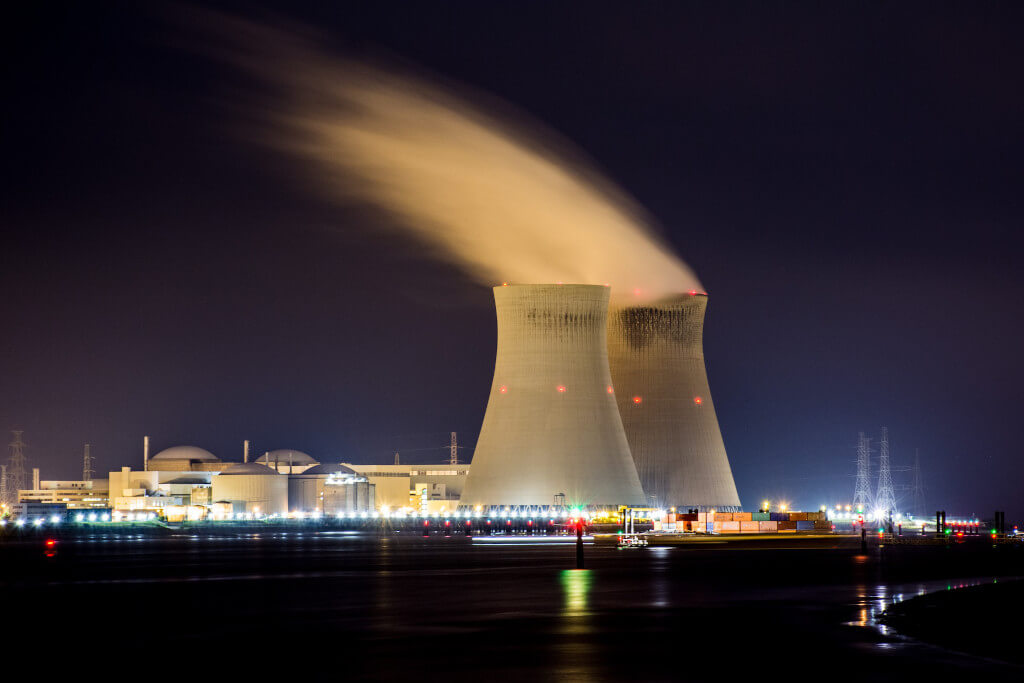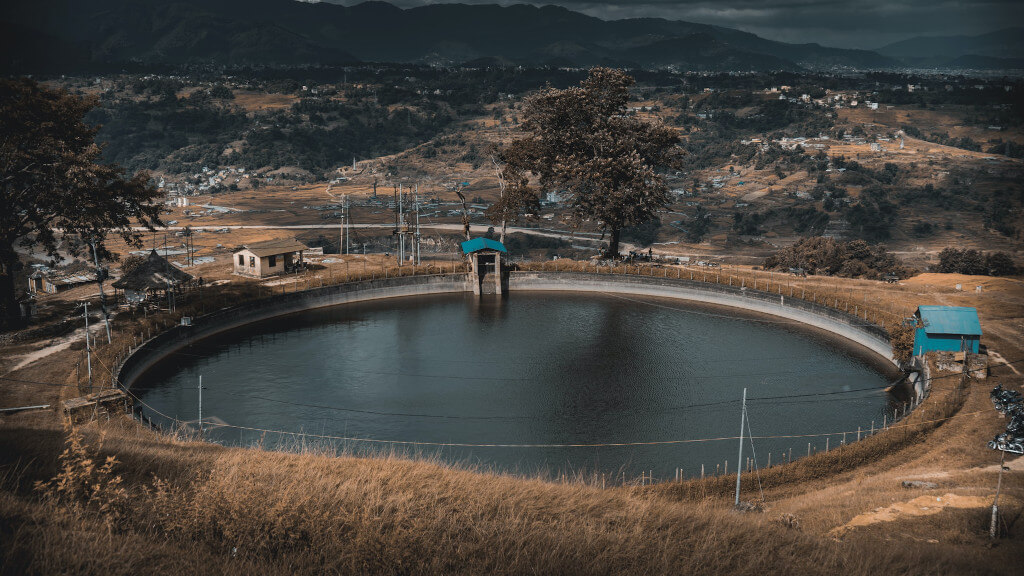Most African farm households are seeing the gradual sub-division of their land, driven by population increase and growing land shortages. The average size of farms is shrinking with time. Over 80% of farms in nations with a high population density are less than one hectare in size today. These countries include Kenya, Ethiopia, Malawi, and Rwanda. Due to their tiny size, most farms are unable to generate enough cash to keep their owners out of poverty, forcing them to rely more and more on income from other sources. However, there has been substantial growth in the number of medium-sized farms owned by Africans beginning around the turn of the century.
We went out to learn more about them along with a few of our other colleagues. We conducted in-depth interviews with farmers whose farms ranged in size from five to fifty hectares. We discovered that a wide range of people—from city dwellers to rural movers and shakers to successful smallholder farmers who expanded their operations—were driving the meteoric expansion of these medium-scale farms. In the last decade, these farms have significantly increased their contribution to their countries’ total agricultural output. Approximately 40% of the agricultural output in some nations is currently produced by medium-sized farms.
Not everywhere in Africa is like this. Most food is still produced on small farms, even in land-poor, densely-populated countries like Kenya and Rwanda. The prevalence of medium-sized farms is increasing, especially in areas with large amounts of undeveloped land. There is still a lot we don’t know, but it seems likely that across much of Africa, medium-sized farms have played a significant role in bringing about beneficial changes in rural areas.
Africans of Note
Food costs around the world have been rising steadily for the past decade. This ushered in massive, widely reported investments by foreign investors in African farming. Massive investments in farms by African businesspeople and government officials occurred mostly under the radar. These African farmers with medium-sized operations have amassed more land since the year 2000 than any foreign investors have.
They tend to be reasonably well-off and powerful people, such as executives, business owners, or retired government officials. Many people got rich in non-farming fields, bought land, and switched to farming, either temporarily or permanently.
Many of them have political or social sway with traditional authority in rural areas. There are also “telephone farmers” who live in cities but tend to their farms on the weekends with the help of hired hands. Many of the present-day farmers that farm on a medium scale got their start as small-scale farmers who were successful enough to grow their businesses.
Farmers operating on a medium scale provide Africa with new avenues of investment and expertise. They have grown into a politically influential bloc in various nations, with a strong voice in farm lobbying and national agricultural policies. They have helped to ensure continued government funding for agriculture in Africa. They can acquire it from local chiefs or buy it from individuals or smaller farms. Small farmers who lose their land often look elsewhere for work, especially young people.
Three Factors Have Contributed to the Expansion of African Medium-scale Farms in Recent Years
- First, there has been an enormous increase in the demand for food in African countries as a result of factors like fast population expansion, urbanization, and rising incomes. Those in Africa who have the means to meet this demand are doing so.
- The second reason is that, since the middle of the 2000s, farming has been an attractive investment prospect for many financially secure Africans.
- Third, private investment in Africa’s agri-food systems has increased since regulatory reforms in the 1990s eliminated large hurdles to private trade. As an example, limitations on the private transport of food items across administrative boundaries were lifted. The measures’ ripple effects were felt immediately after food prices around the world spiked dramatically. They made it possible for tens of thousands of private companies of varying sizes to react quickly to financially advantageous incentives.
Farmers With Small Holdings

We anticipated that smallholders would be left out in the cold as medium- and large-scale farms expanded. However, after considering new information, we’ve come to a different conclusion.
To begin, local smallholder farmers benefit from the increased access to markets and infrastructure that medium-scale farms provide. Many tractor rental companies, for instance, serve smallholders because they have found a market in medium-sized farms. As a result, they can harvest their land with far less labor, opening up prospects in other fields. Second, in places with a lot of medium-sized farms, big trading companies are establishing purchase depots. This also helps small farmers have better access to larger markets.
We also discovered that farms of moderate size had positive effects on regional economies. They spend money in the community, boosting the economy and opening doors to non-farm jobs for many people who previously relied solely on farming for survival.
Sub-Saharan Africa’s agricultural output increased at an average annual pace of 4.6% from 2000 to 2015, with a significant portion of that expansion coming from medium-sized farms. In this time frame, this is the highest of any geographic area in the world.
There are also negative effects, such as the disruption of established social institutions and the emergence of new forms of authority. As land markets expand, they render a new group of people landless and reliant on the local non-farming economy. Policymakers will require direction on how to mitigate these negative effects and safeguard the most vulnerable citizens as economic transformation raises the standard of living for the majority of the people over time.
About The Author:
Zandile Mthembu is an agricultural innovations reporter. With a background in agricultural sciences and extensive travel throughout Africa, she brings the latest innovations in tech and sustainable practices to Africa Nova’s readers.




